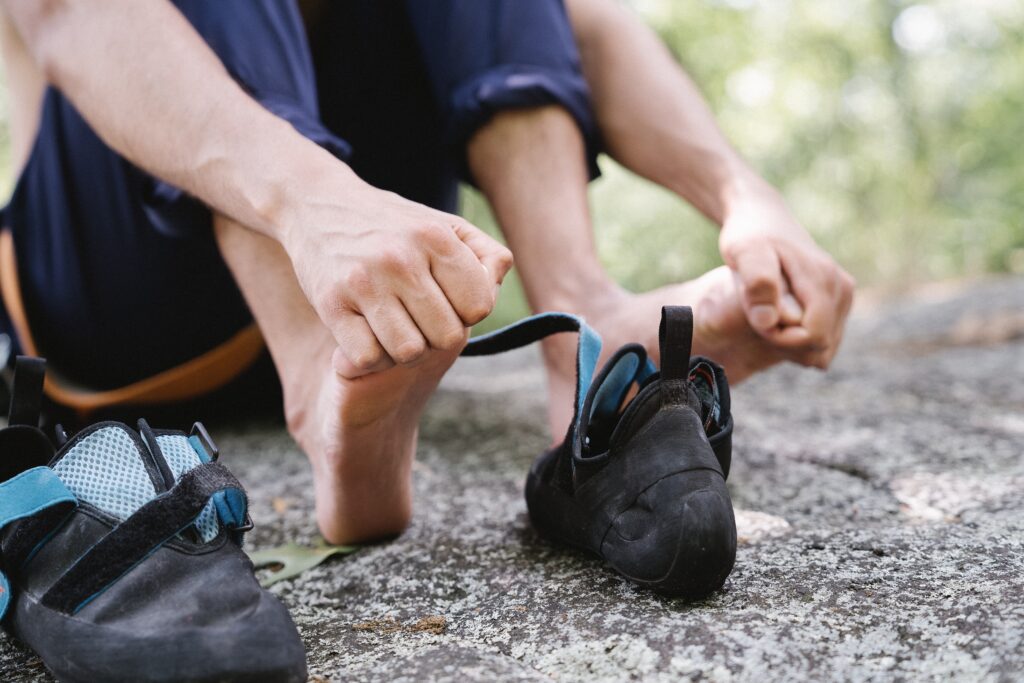Physical Therapy for A Heel Spur: Treatment, Recovery, and Prevention
Introduction
We all want to feel our best, and regular physical therapy can help us maintain a healthy body. Heel spur is one of the many conditions that can benefit from physical therapy. It’s important to understand how physical therapy works and what it can do for those suffering from heel spur. This article will discuss the basics of physical therapy as applied to heel spurs, including what to expect during physical therapy, common exercises used to treat heel spurs, the recovery time involved, and how physical therapy can prevent reinjury.
When it comes to heel spurs, physical therapy is a key component of treatment. Physical therapists use a variety of techniques to reduce pain and improve mobility. They also design tailored programs for each individual’s needs. By working closely with the patient, physical therapists can create an effective plan that will help them increase their range of motion and reduce any pain associated with heel spurs.
What to Expect at Physical Therapy
When you begin physical therapy for heel spurs, your therapist will assess your condition and develop a comprehensive plan to address it. He or she may also discuss lifestyle changes with you, such as weight loss or changing your shoes and socks. Additionally, the physical therapist may suggest exercises that target specific muscle groups. These exercises can help reduce inflammation and improve joint mobility. During each session, the physical therapist will evaluate your progress and adjust the exercise routine based on your individual needs.
What Types of Exercises Might You Do?
Physical therapists might use a range of exercises to treat heel spurs. Some of these exercises may include:
Stretching and flexibility exercises – These can help improve joint mobility and reduce inflammation.
Strengthening exercises – These are aimed at strengthening the muscles around the affected area, which can help reduce pain and improve function.
Balance exercises – These help to improve balance and stability, which is important for heel spurs.
Aquatic exercises – These can be beneficial because water helps reduce the impact on the joints and muscles.
Massage therapy – This technique can help relieve tension in the affected area and help promote relaxation.
Electrical stimulation – Electrical stimulation helps to reduce pain and improve joint mobility.
How Long Does Recovery Take?
The length of recovery time with physical therapy for heel spurs will depend on the severity of your condition. If you have an acute injury that recently occurred, it could take anywhere from a few weeks to several months to heal. However, if you have a chronic condition, it could take several months to a year or more before you’re able to fully recover.
How Does Physical Therapy Prevent Re-injury?
Physical therapy can help prevent re-injury by strengthening the muscles around the affected area and improving joint mobility. This helps reduce the risk of further damage. Additionally, physical therapists may suggest lifestyle modifications such as wearing supportive shoes, avoiding certain activities that could aggravate the condition or taking breaks between activity to further reduce the risk of re-injury.
Conclusion
Physical therapy is an effective treatment for heel spurs and can help improve your condition over time. It’s important to follow your physical therapist’s instructions and practice any exercises they suggest regularly in order to maximize the benefits of physical therapy. With proper treatment, you can recover from your heel spur and reduce your risk of re-injury.

